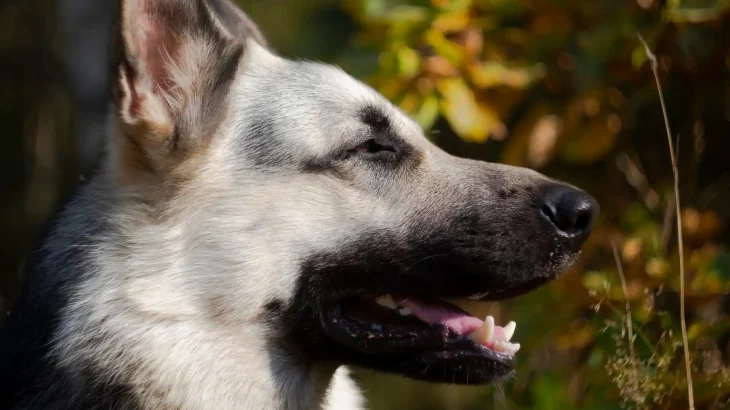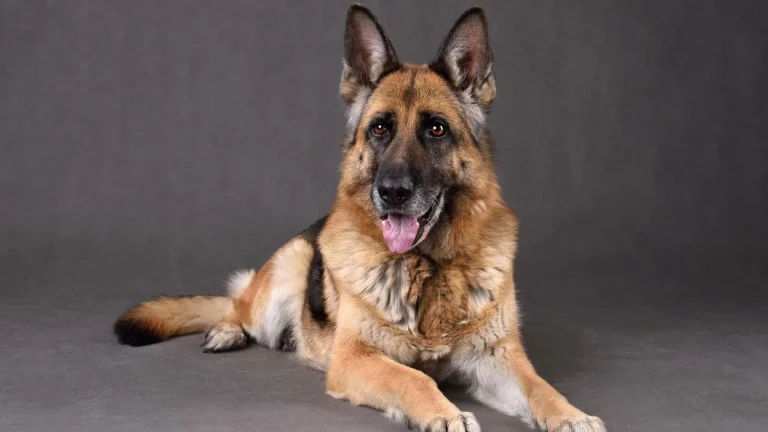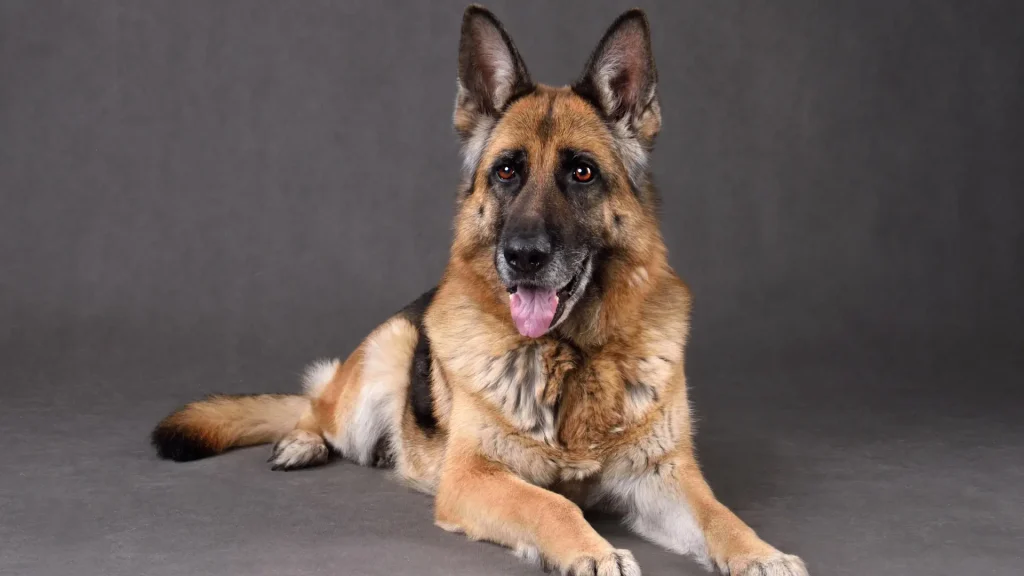Choosing between adopting or purchasing a Kunming Dog puppy involves weighing factors like health transparency, cost, and available support. Buying from a breeder often ensures documented lineage and predictable health, while adopting gives a loving home to a dog in need, though background details may be limited.
Adoption vs. Breeder: Pros & Cons
| Criteria | Buying from Breeder | Adopting from Shelter/Rescue |
|---|---|---|
| Cost | Higher cost reflecting breed purity and documentation. | Typically lower fees, making it more affordable. |
| Health History | Usually thorough health records and genetic screening. | Health background might be unknown but basic checks performed. |
| Age Availability | Mostly puppies available to raise from young age. | Varied ages including adults and seniors. |
| Temperament Insight | Breeders provide insights based on lineage temperament. | Often assessed based on behavior during shelter stay. |
| Supporting Practices | Supports breed preservation when using ethical breeders. | Supports animal welfare by giving a home to a dog in need. |
| Ethical Considerations | Depends on ethical standards the breeder follows. | Promotes adoption and reduces shelter overcrowding. |




















































